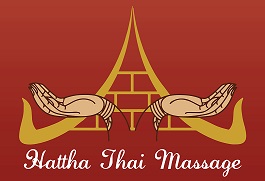Image by Freepik
Explanation:
The approx. 150 bursae in our body are usually located on protruding bones and these act like a cushion to protect the bones from pressure and impact. Many of the problem-causing bursae are in the larger joints. The biggest bursae in our body is Bursa subacromialis which is above the shoulder joint.
Cause of bursitis:
In particular, shortened large and small pectoral muscles because of inactivity push the humerus heads towards the acromion, which damages the structures in between (bursa, tendons) the longer it takes. Other causes can be:
Injury
Overuse
Bacterial infection
Bad posture
Diabetes
Shoulder impingement
Calcified shoulder favors bursitis
Injury or rupture of the supraspinatus tendon
Symptoms:
A bursitis in the shoulder can manifest itself through the symptoms of pain, swollen bursae, restricted movement and cracking. Furthermore, if left untreated, a tendon tear can occur.
Affected persons:
Painters or mechanics, but also athletes such as tennis or volleyball players are particularly susceptible to shoulder bursitis. and even young men who do the wrong strength training and people over 40 years of age.
Diagnosis by the doctor:
After the anamnesis interview the doctor does an ultrasound scan, the MRI does not show the bursitis so well, so an ultrasound scan is preferable. If necessary, an X-ray examination. Laboratory tests of blood and synovial fluid provide information about the involvement of bacteria and autoimmune processes by determining the inflammation levels and autoantibodies.
Treatment Options:
Treatment of the symptoms
Only Physical therapy:
Approximately 90% of patients go back to the doctor after unsuccessful therapy.
Drug treatment:
3 cortisone shots spread over 3 weeks
Painkillers NSAID’s (Ibuprofen, Diclofenac)
Bacterial bursitis requires antibiotic treatment and the bursa needs to be removed.
Conservative treatment:
Cold packs for 3 days during 24 hours (about 6 cold packs are needed).
Other treatments:
Shock wave therapy or Axomera or ZRT®-Matrix-Therapie.
Treatment of the causes:
Increase range of motion
Stretching of the chest muscles during the phase where it no longer hurts.
Daily stretching of the muscles (backwards, upwards, incl. turning).
Communication with us:
Please let us know when and how you were treated by your doctor and whether he allows a Thai massage. Please also hand over your therapy plan to us.
Sources:
Dr. Christian Behrendt
Prof. Dr. Sven Ostermeier
